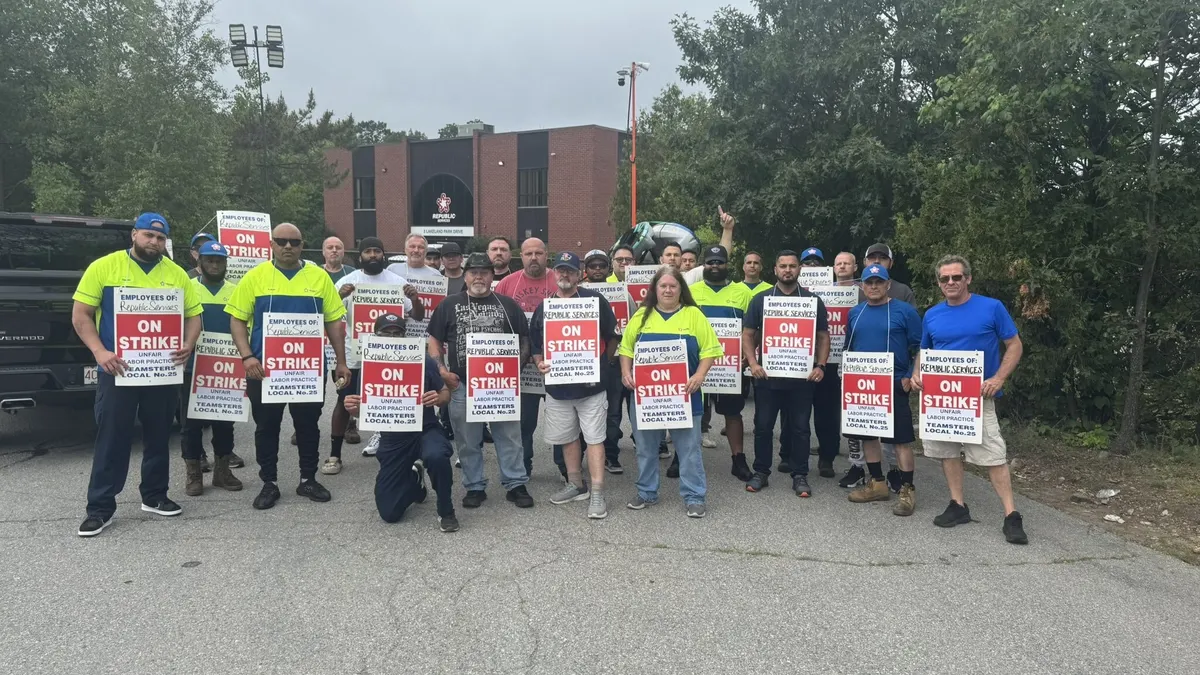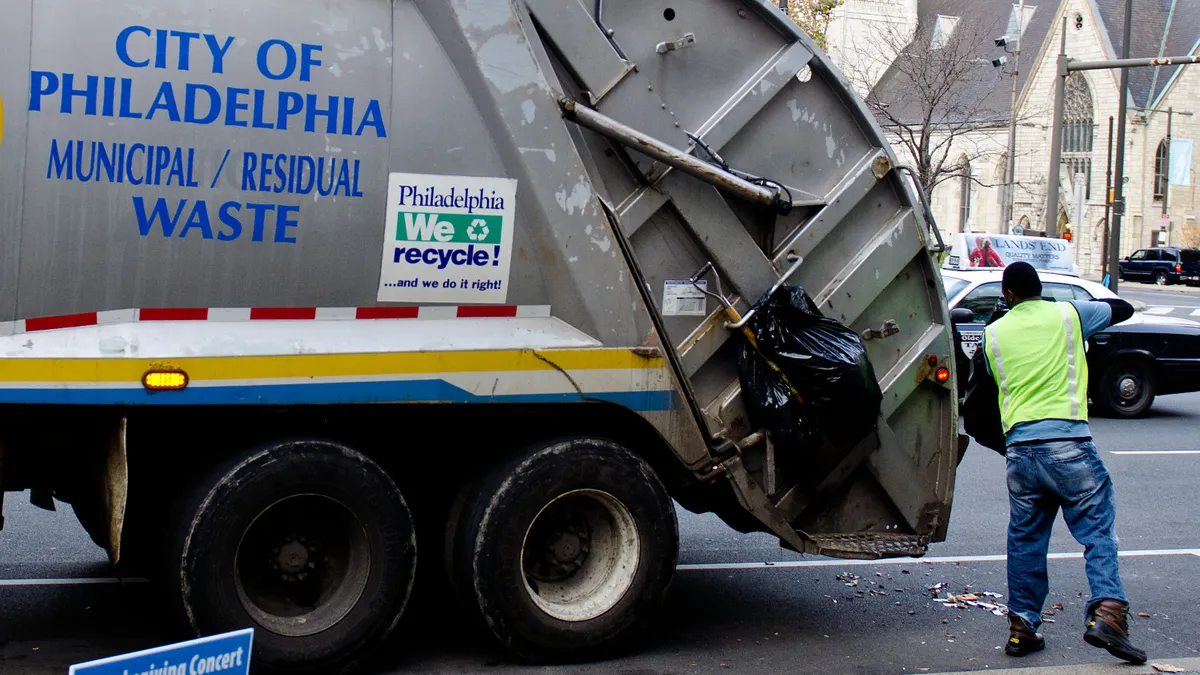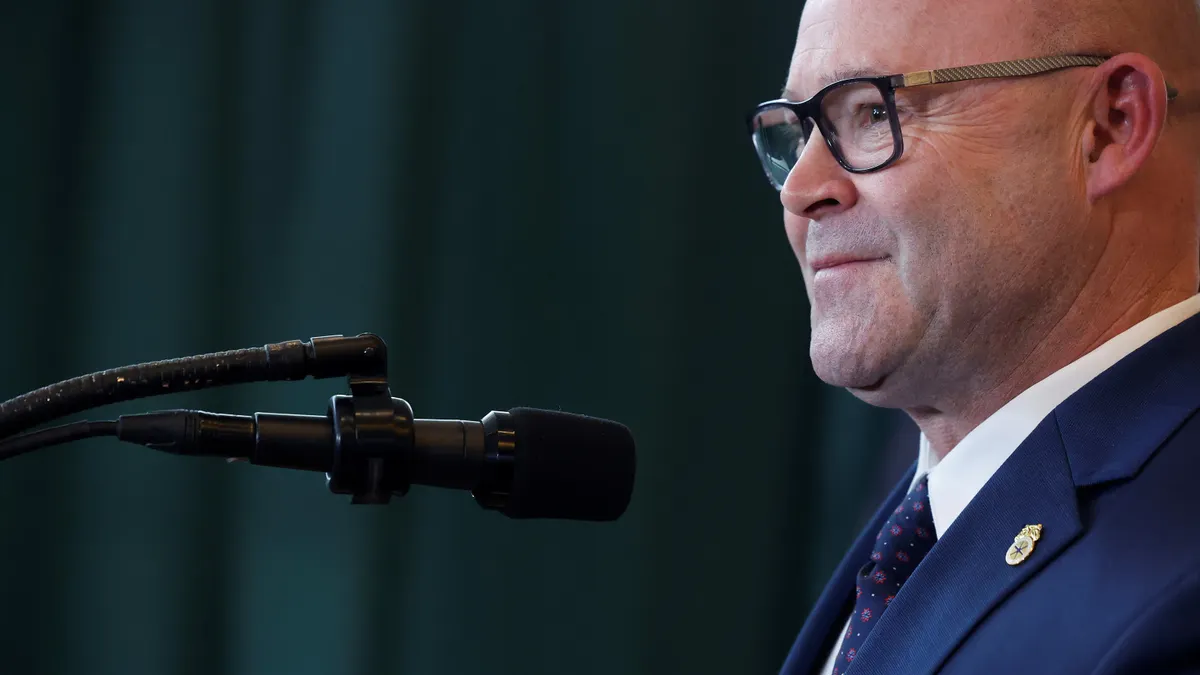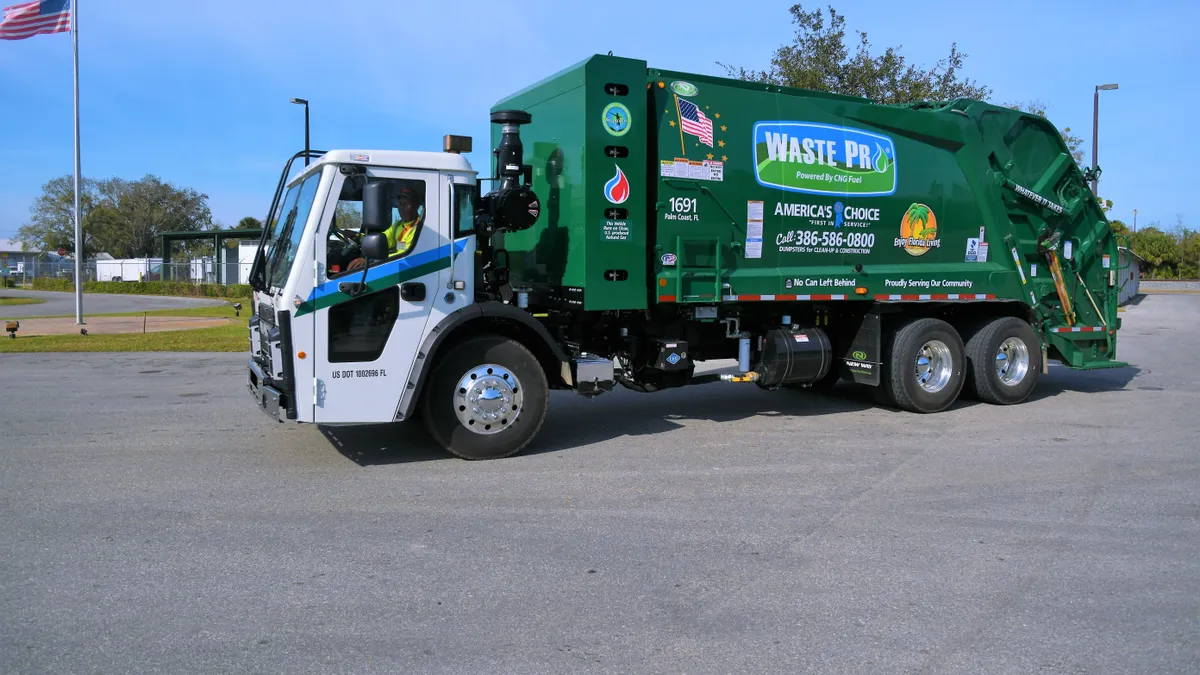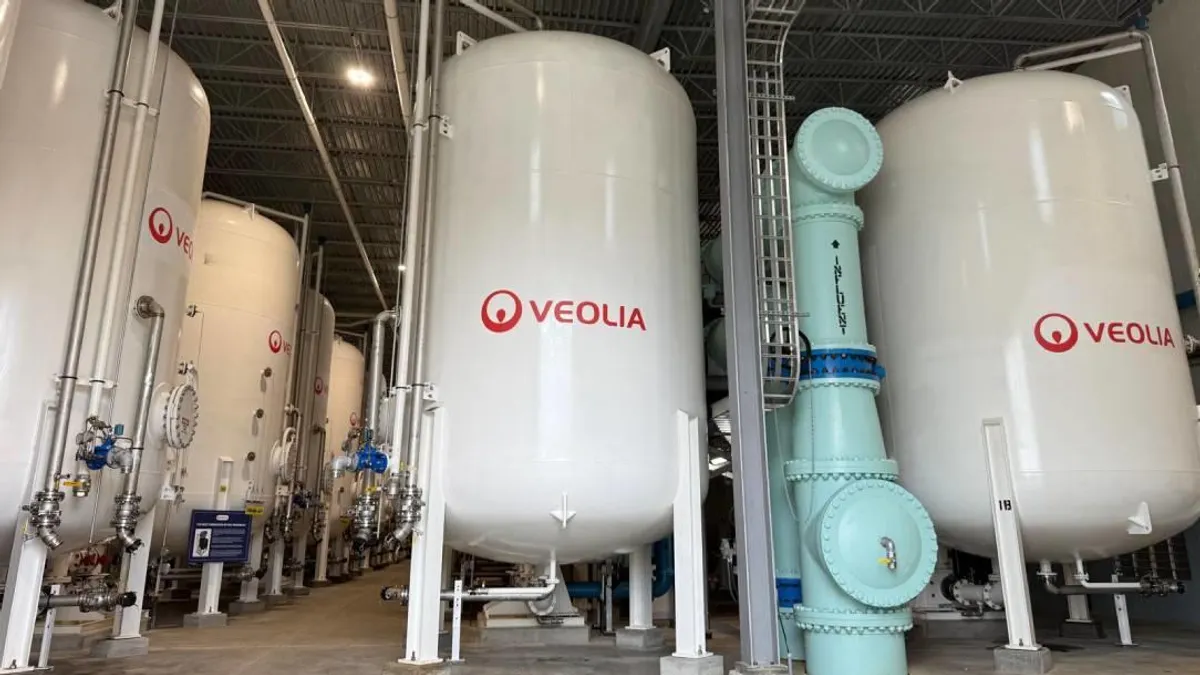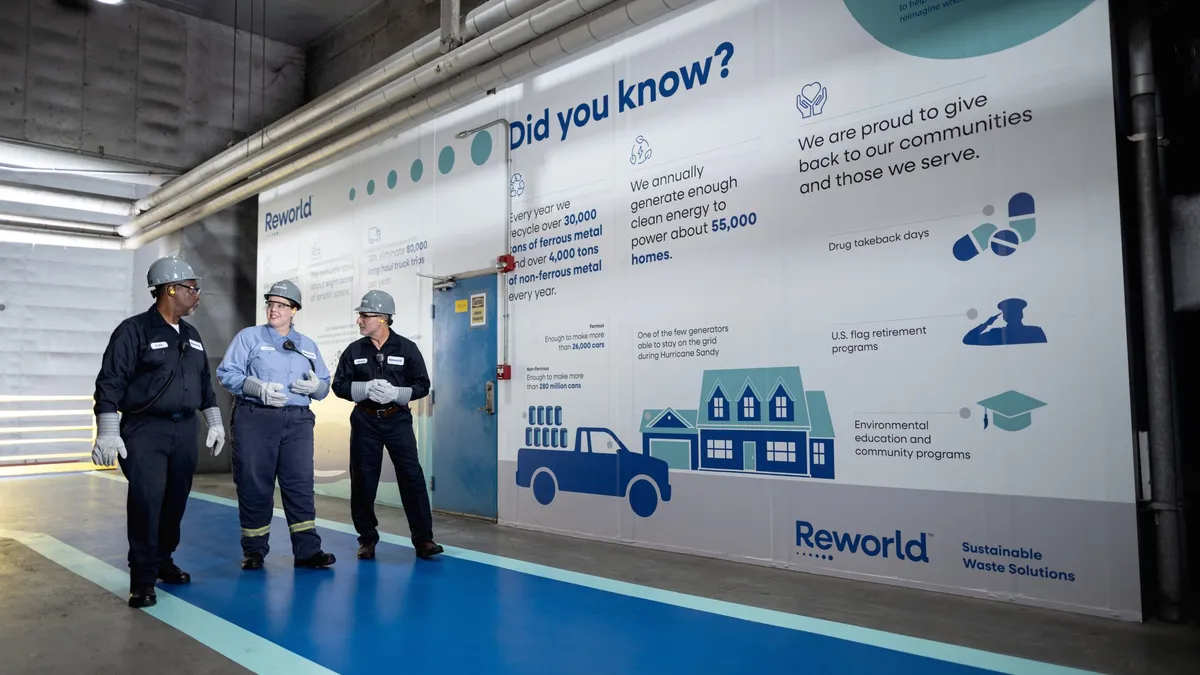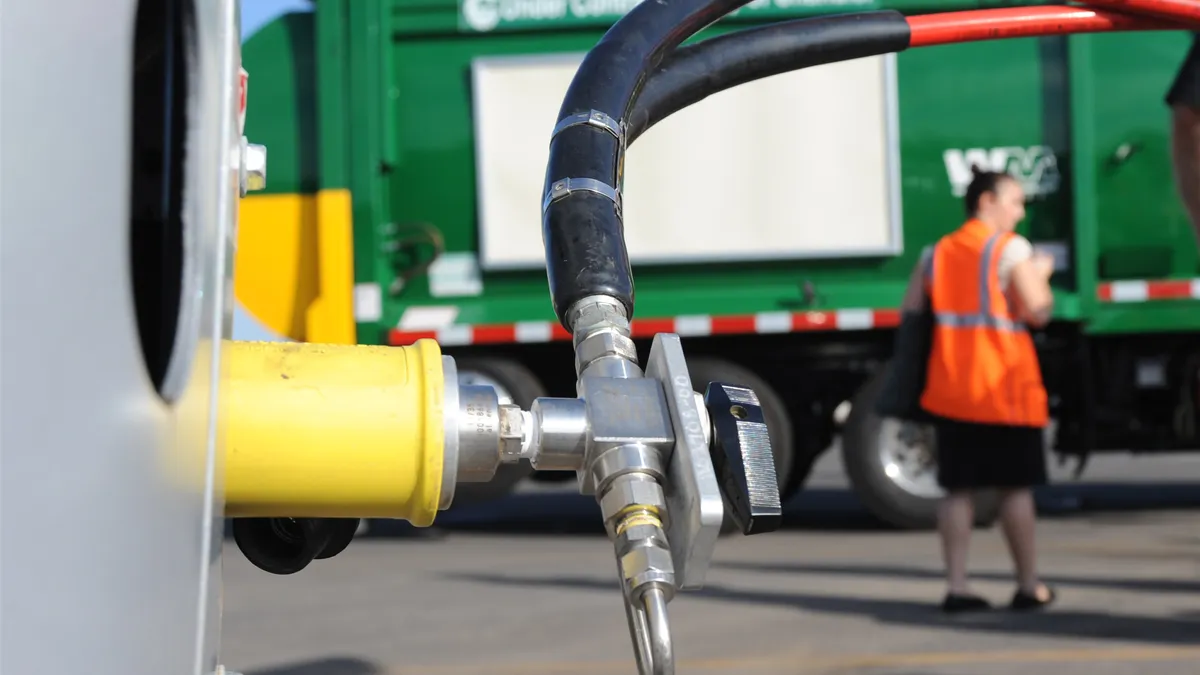Shifting consumer shopping habits during the COVID-19 pandemic drove changes all up and down the supply chain — including in the way goods are packaged.
Operations managers had to rethink how their packaging works in environments where workers must stay at least six feet apart, said Laura Clark, vice president of global strategy and business development at Sealed Air.
Warehouse and fulfillment center operators also had to cope with labor scarcity, which has led to much more automation.
"COVID has pulled the future forward," Clark said. In fact, she believes COVID-19 has pushed automation in packaging up by three to five years.
The pandemic-accelerated shift to e-commerce has also driven changes in packaging size, consumer perception of packaging and waste, and design for more return-friendly packaging. The shift may finally get rid of the need to encase every item in impossible-to-open plastic.
Packaging: Small but mighty
The pandemic pushed consumers toward e-commerce, which drove retailers to rethink how they got product into customers' hands. For a lot of retailers, that meant adding ship from store, essentially turning brick-and-mortar stores into fulfillment centers, albeit ones that sent smaller packages.
"We had a number of different smaller retailers further solidifying their omnichannel strategies and shifting to a distribution strategy of shipping out of store," said Clark. For Sealed Air, that meant a higher demand for smaller packaging and also smaller packaging equipment to fit into backrooms of stores not necessarily designed as fulfillment centers.
"Packaging is the one and only communication vehicle that you’re 100% guaranteed will come in contact with your customer."

Laura Clark
Vice president of global strategy and business development at Sealed Air
Larger retailers like Amazon, Walmart and Target went smaller on packaging too — but in a different way from small businesses. Instead of a new demand for smaller packaging because of facility space constraints, large retailers are sizing down packaging to reduce the empty space inside.
"Corrugated has long been the tried and true shipping method for years, but we’re seeing a lot of customers moving more and more toward mailers," Clark said. They cost less to make, cost less to ship, don’t leave as much empty space at the top that needs to be filled, "and they’re faster for their personnel to pick and fill," she said.
From the supply chain to the end user
Mailers also have a smaller environmental footprint, a goal that hasn’t been lost with the pandemic. In fact, said Johnathan Foster, principal consultant at Proxima, an interest in less packaging will most likely grow given what’s used to transport items, particularly online grocery orders.
"The packaging is changing now that it’s ending up in people’s houses and they’re dealing with more of that waste and that packaging," he said. "Eventually, people will become much more aware of this and the importance of recycled materials."
McKinsey & Company's Sustainability in Packaging: Inside the Minds of Global Consumers report, which surveyed 10,000 consumers around the world, found that the overwhelming majority of respondents say they're willing to pay more for sustainable packaging. The highest percentage was in China at 86% willing to pay more for sustainable packaging in the food service industry; the U.S. clocked in at 68%.
U.S. consumer perception on package sustainability (1 is most sustainable)
| Rank | Type of packaging |
|---|---|
| 1 | Paper-based cartons |
| 2 | Glass bottles and jars |
| 3 | Plastic films made from renewable, compostable materials |
| 4 | Flexible paper |
| 5 | Fully recyclable plastic bottles/containers |
| 6 | Fully recyclable plastic films |
| 7 | Metal containers |
| 8 | Plastic bottles/containers made from recycled plastics |
| 9 | Aluminum foil wraps |
| 10 | Packaging combining plastic, paper and aluminum foil |
Source: McKinsey Packaging Survey
With far fewer consumers going into stores, packaging will also become a bigger part of the branding experience, said Clark.
"How do you interact otherwise?" she said. "Packaging is the one and only communication vehicle that you’re 100% guaranteed will come in contact with your customer."
Touchless packaging was in demand from customers too. In a September survey of more than 1,500 U.S. consumers, Sealed Air found shoppers were more likely to interact with QR codes on packages if scanning them revealed certain kinds of information. Specifically, consumers wanted to know where the item was produced and packaged, and also the extent to which the product was processed in a touch-free environment.
Sealed Air also found that 28% of respondents were very interested in purchasing perishable packaged foods that feature a claim or certification of being packed in a "touch-free" environment.
E-commerce returns demand a packaging rethink
Foster expects the pandemic to push one packaging trend out the door: wrapping items in hard shell plastic. The intent is to prevent in-store theft, but with e-commerce driving sales, the plastic might not be worth it because it affects returns.
He cited the example of something he bought during the pandemic himself: a replacement remote for a ceiling fan. He ordered three, and had to open the packaging on each one to test it out.
What happens to the two remotes he returned? Retailers can’t realistically expect to sell a new item if it’s not packaged the same way. "Companies will either need to plan for those losses or they’ll have to give up the plastic," he said. "If they put that item in a store at some point, they might have to absorb the risk of theft."
"COVID has pulled the future forward."

Laura Clark
Vice president of global strategy and business development at Sealed Air
Instead, companies might opt for slip sheet packaging.
"All parts and components are sent in a plastic sheet inside a box. You pull it out and you try it. If it doesn’t work, you drop it back in and return the box," he said, adding that "the dynamic of how we obtain goods is impacting packaging in an unintended way."
This story was first published in the Supply Chain Dive: Operations weekly newsletter. Sign up here.







